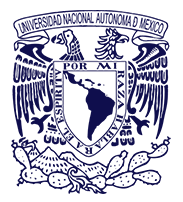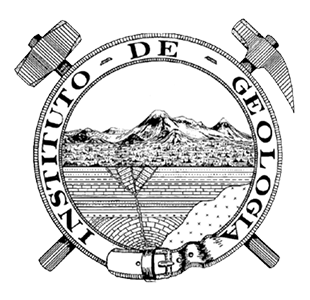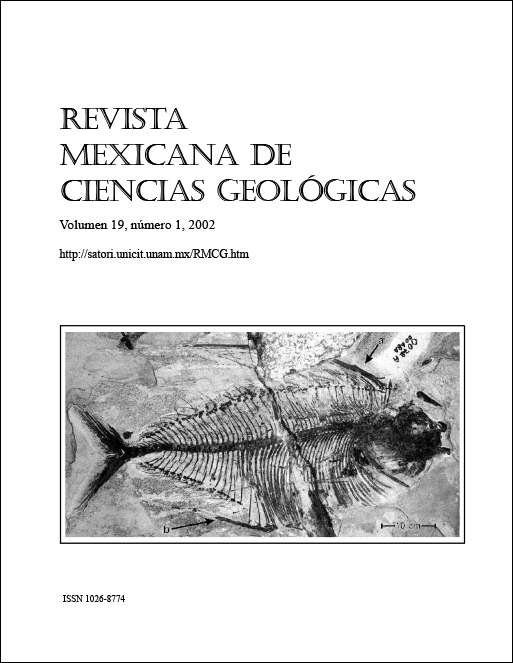Resumen
The application of a method to construct the morphogenetic-unit map at scale 1:100,000 of the central portion of the Basin of Mexico is presented. The ITC System of Geomorphologic Survey and Mapping served as a general conceptual framework, particularly considering the classification of the three main types of geomorphologic mapping: 1) analytic; 2) synthetic; and 3) pragmatic. The morphogenetic units (MU) were defined under the main approach of relative spatial homogeneity and their characterization considering the following four main subjects of relief: 1) origin (general and specific); 2) relief type; 3) age of rocks, structures and landforms; and 4) class of relief geometric properties. Photo-interpretation of aerial photographs at scale 1:75,000 was the essential procedure used to delineate the MUs. The lines were transferred to a cartographic mean, using stereoscopic maps (as framework) produced from the shaded relief maps within the GIS environment. Rresults show that the Alluvial Plains of exogenous accumulative origin from Quaternary, cover the 21% of the study area, they are composed by alluvium and hillslope mass movement and fluvial deposits. The Piedmonts of exogenous origin of Quaternary age, composed of volcanic epiclastic rocks, lahar deposits, clastic-andesitic series, pyroclastic flows, alluvium, and glacio-fluvials deposits, cover the 19%. The Mountain Hillslopes of volcanic endogenous origin from Pliocene to Holocene, composed of lava flows of basic to intermediate rocks and pyroclastic flows covered by clastic units, cover the 17%. The Lacustrine Plains of exogenous accumulative origin from Quaternary, composed of lacustrine sediments, volcanic pyroclastic fall deposits and pyroclastic flows, cover the 15%.

Esta obra está bajo una Licencia Creative Commons Atribución/Reconocimiento 4.0 Internacional.








